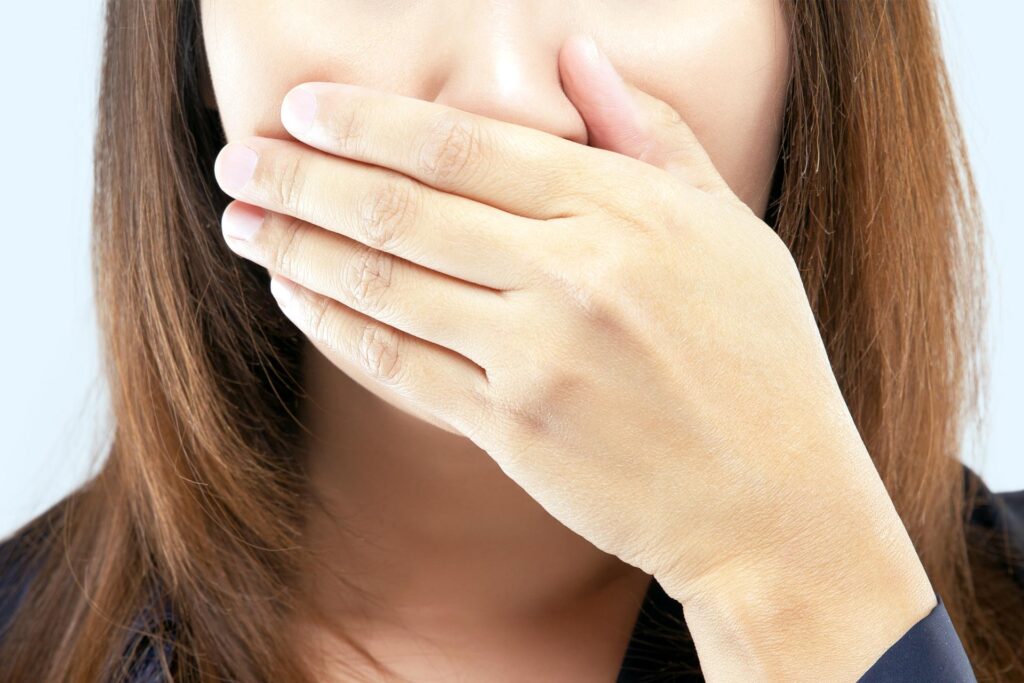
Глубокая чистка зубов (Deep Cleaning)
Глубокая чистка зубов – это метод лечения, рекомендованный стоматологом для предотвращения проникновения зубного камня ниже линии десны и развития заболеваний пародонта.
Заболевания пародонта повреждают костную ткань челюсти и десны, окружающие зубы, и вызывают образование карманов вокруг зубов.
Бактериальный налёт, также называемый биоплёнкой, образуется на натуральных или имплантированных зубах, над и под линией десны, из-за потребления продуктов с сахаром и углеводами. Прозрачные липкие структуры биоплёнки, невидимые невооружённым глазом, со временем кальцифицируются при взаимодействии с минералами из пищи и слюны. Зубной камень – это кальцифицированный слой биоплёнки.
Так как накопление зубного камня в карманах между зубами и деснами может вызвать множество стоматологических проблем, его следует удалять у специалиста-стоматолога. Если зубной камень не удалить, это может привести к потере зубов.
Зубной камень может образовываться при несоблюдении гигиены полости рта или из-за возможных заболеваний десен. Камень, который скапливается в карманах глубиной более 3 мм между зубом и десной и приближается к корню зуба, требует очистки, так как это указывает на начало риска.
Пациенты, не получившие своевременное лечение, обычно обращаются к стоматологу с жалобами на:
- кровоточивость дёсен,
- отёк дёсен,
- инфекцию зубов или дёсен,
- ослабление зубных корней и отделение от десны,
- боль при жевании,
- повышенную чувствительность зубов,
- рецессию десны,
- неприятный запах изо рта,
- окрашивание и потемнение зубов.
После общего осмотра стоматологом рекомендуется проведение глубокой чистки, подходящей для состояния конкретного пациента.
Технологические и профессиональные устройства и материалы, используемые при глубокой чистке зубов, не повреждают натуральные или имплантированные зубы и десны, даже если ранее проводилось эстетическое или протезное лечение.
Цель глубокой чистки – удаление зубного камня вокруг зубов и выше и ниже линии десны. Ранее при использовании старых устройств применялась физическая сила, что могло приводить к царапинам на зубах. Современные методы безопасны и минимизируют риск повреждений.
Процедура обычно состоит минимум из 2 сеансов, в зависимости от состояния пациента. Снимки (рентген) выполняются для определения степени повреждения зуба и костной ткани и того, не приведёт ли процесс чистки к потере зуба. Для предотвращения боли во время процедуры применяется местная анестезия.
- Выявление биоплёнки
- Сначала проводится окрашивание зубов, чтобы показать слои биоплёнки. Таким образом, невидимая пленка становится видимой, и можно начинать этап чистки.
- Удаление биоплёнки и зубного камня
- С помощью профессиональных инструментов распыляется антибактериальный раствор оптимальной температуры, уничтожающий всю биоплёнку и ранние отложения камня.
- Затвердевший зубной камень, находящийся выше и ниже линии десны, разрыхляется и безболезненно удаляется с помощью устройства с ультразвуковой вибрацией и распылением раствора.
- Благодаря ультразвуковой технологии камень в труднодоступных местах удаляется легко и эффективно.
- Результат процедуры
- Ожидается, что очищенные от биоплёнки и камня карманы сократятся, а десна плотно прилегает к зубу.
- Чтобы избежать повторной необходимости глубокой чистки, важно соблюдать гигиену полости рта и контролировать питание.
После процедуры в течение примерно недели возможны кровоточивость, боль и чувствительность десен. В этот период зубы и десны следует обрабатывать особенно аккуратно.
На контрольном приёме стоматолог измеряет, сократились ли пародонтальные карманы, и проводит общий осмотр полости рта.




